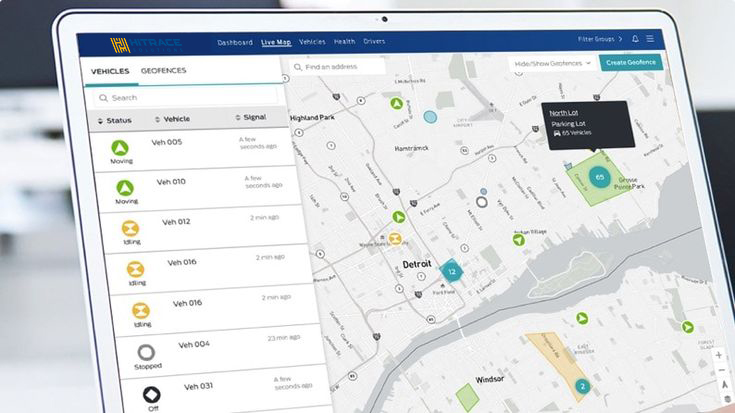Efficient fleet monitoring is crucial for businesses that rely on vehicle fleets to optimize operations, reduce costs, and improve overall performance. Here’s a breakdown of the technology involved and a practical use case:
Technology for Efficient Fleet Monitoring
Telematics: This is the foundation of modern fleet monitoring. Telematics systems use GPS tracking and onboard diagnostics to collect real-time data on vehicle location, speed, engine performance, and driver behavior.
Artificial Intelligence (AI): AI enhances telematics data by analyzing it in real-time, identifying patterns, and providing actionable insights. This enables predictive maintenance, optimized routing, and improved driver safety.
Sensors: In addition to standard telematics data, various sensors can be used to monitor specific aspects of fleet operations. For example, fuel sensors can track fuel consumption and detect theft, while cargo sensors can monitor the condition of goods in transit.
Cloud Computing: Cloud-based platforms store and process the vast amounts of data generated by telematics systems and sensors. This enables easy access to data, scalability, and integration with other software applications.
Mobile Apps: Mobile apps provide fleet managers and drivers with real-time access to critical information, enabling better communication, decision-making, and on-the-go management.
Use Case: AI-Powered Predictive Maintenance
Scenario: A logistics company operates a large fleet of trucks that deliver goods across the country. Unexpected breakdowns can lead to costly delays, missed deliveries, and customer dissatisfaction.
Solution: The company implements an AI-powered predictive maintenance system that integrates data from telematics devices and various vehicle sensors.
Implementation:
Telematics devices collect real-time data on engine performance, mileage, and other relevant parameters.
AI algorithms analyze this data to identify patterns and predict potential maintenance issues.
The system automatically schedules maintenance tasks based on the predicted needs, minimizing downtime and maximizing vehicle uptime.
Benefits:
Reduced downtime: Proactive maintenance prevents unexpected breakdowns and keeps vehicles on the road.
Lower repair costs: Addressing issues before they escalate can save money on major repairs.
Improved safety: Well-maintained vehicles are less likely to be involved in accidents.
Increased efficiency: Optimized maintenance schedules improve fleet utilization and overall productivity.
Enhanced customer satisfaction: Reliable deliveries and on-time service improve customer relationships.
By leveraging these technologies, businesses can achieve efficient fleet monitoring, leading to significant improvements in operational efficiency, cost reduction, and customer satisfaction.


